How do various training philosophies and techniques impact the reliability and generalization of detection dogs?
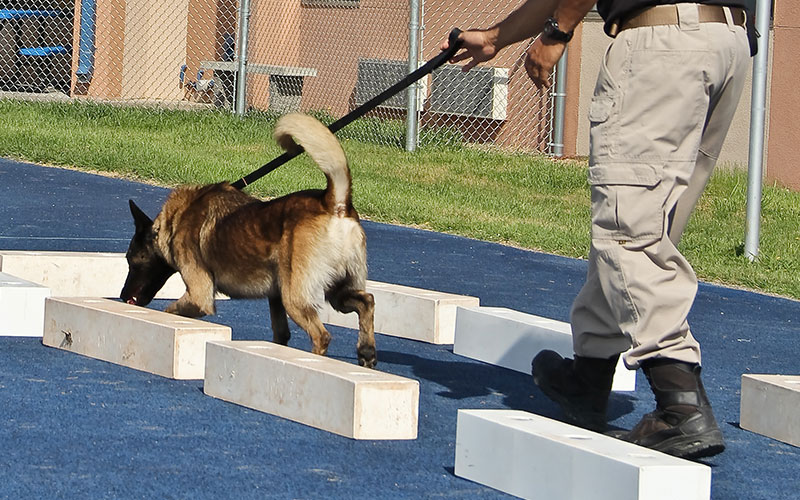
The reliability and generalization of detection dogs are profoundly impacted by the philosophical approaches and practical techniques used in their training, particularly regarding the balance between capitalizing on natural instincts and minimizing handler dependence.
The foundational principle for maximizing reliability is rooted in ethology (the study of an animal in its environment). The more instinctual a behavior is, the more reliable it would be in practical application.
Training Philosophies and their Impact on Reliability
Detection training methods often utilize variations of positive reinforcement, generally categorized as primary or secondary reward systems:
- Primary Reward System (Instinctual Drive/High Arousal):
- Focus and Technique: This system relies on creating an artificial prey item scented with the target odor, which the dog is intrinsically motivated to find (e.g., "cocaine squirrel"). Reinforcers are often predatory responses like hunting, chasing, and dissection. Training aims for an extremely high level of arousal, as chasing and flushing prey are natural, uncomplicated behaviors that lead to faster progression.
- Impact on Reliability and Generalization:
- Independence: The goal is for the dog to focus solely on the prey item, making the dog independent of the handler. This reduces the dog's tendency to look to the handler for answers or confirmation.
- High Drive: It is the more effective system for dogs with high prey drive. High prey drive is described as "durable". When done well, the dog's entire being is focused on the find ("that stash").
- Foundation: This approach builds a strong foundation in hunting, recognizing, finding, and flushing game.
- Secondary Reward System (Handler-Manipulated Reward/Lower Arousal):
- Focus and Technique: The handler controls and manipulates the reward, often using markers (like a clicker) and delayed reinforcement. The clicker allows reinforcement timing to be precise and delivered by a third party, which helps decrease the inadvertent influence of the handler.
- Impact on Reliability and Generalization:
- Training Complexity: Because there is no intrinsic reason for the dog to get close to the odor once identified, the trainer must add an additional step to teach the dog to move closer to the source, making the training more complicated than primary reward systems.
- Application: Secondary reward systems are useful for dogs with low prey drive or those with stupidly high, destructive prey drive (where food reinforcement may be used temporarily).
- Risk of Dependence: If a dog is highly trainable but has low prey drive, and they are trained using methods centered on the handler, the trainer will have "battles" to achieve an independent searching and indicating dog.
-
Compulsion and Stress (Risk of False Indications):
- Technique: Training methods involving compulsion (force) or external stress (like the old Lackland Air Force Base protocol of compelling a dog to sit in front of odor).
- Impact on Reliability: Compulsion is problematic in detection training because it is associated with external stress. If the dog is trained with compulsion, it is decreasing the dog's ability to problem-solve. This commonly results in a high number of false indications when the dog is under stress, as the stress triggers the trained response (e.g., sitting).
Factors Leading to Dependence and Decreased Generalization
A significant threat to reliability and generalization comes from behaviors that foster reliance on the handler:
- Handler Dependence (Clever Hans Phenomenon): Dogs are extremely attuned to human behavior, reading body language and attention. An attuned dog may follow the handler's gaze or movement, which can induce a false indication. Independence is key; the dog must make the decision to indicate apart from the handler. Handlers interfering with the dog's learning (by constantly helping) creates dependence upon them for answers, which leads to false indications and dogs unwilling to range away.
- Mixing Cues/Toys: If a handler uses the same toys or tools for both detection and obedience, the dog may become confused. The detection task requires focus on odor, but obedience training requires the dog to focus on the handler. Bringing obedience tools into the detection context can confuse the dog, leading them to abandon the find and try to offer obedience behaviors to get the reward, thus compromising reliability.
- Obedience Routines: Introducing obedience criteria (like a mandatory sit or down indication) too early or through compulsion can convert the dog's behavior into an obedience routine, which gives rise to false indications, especially under trial stress. This is often called "obedience to odor," but perseverance at odor is preferred.
Achieving Generalization and Durability
Detection dog training must emphasize strong, generalizable foundations to ensure reliability across changing environments:
- Strong Foundations: Strong foundations are everything; skipping them to rush training or train for a specific test is "absolutely a failure". Foundations should be cemented in the dog's mind over a significant period (e.g., four weeks in a six-week course) to avoid later remediation.
- Generalization through Proofing: The cleaner the initial training is, the harder it is for the dog to generalize, so proofing against non-target odors (e.g., contaminants like the object packaging or handling gear) is crucial. Generalization is the dog's ability to transfer learning to new environments and varying odor conditions.
- Variable Reinforcement (VRS): Variable reinforcement schedules increase the durability of the indication, although they may slightly decrease the intensity. However, once VRS is introduced, it becomes much harder to use extinction (negative punishment) to fix unwanted behaviors, so all necessary proofing and foundation work must be completed beforehand.
- The Power of Ritual: A strong ritual (a patterned start to the work) communicates to the dog what the task is, even in new environments. Rituals increase the dog's drive level before starting the search, which reduces the common error of missing finds at the very beginning.
A highly reliable and generalizable detection dog is one that has been conditioned to leverage its hunting instincts, learns through self-discovery (failure leading to extinction), and makes the decision to find and indicate independently of the handle




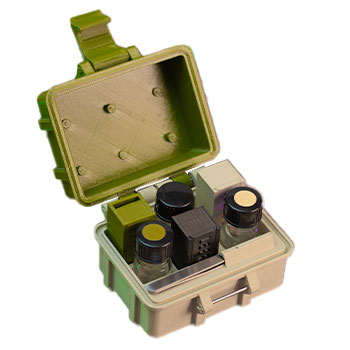

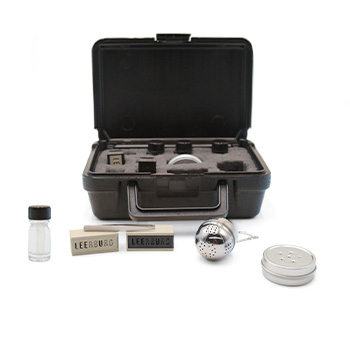

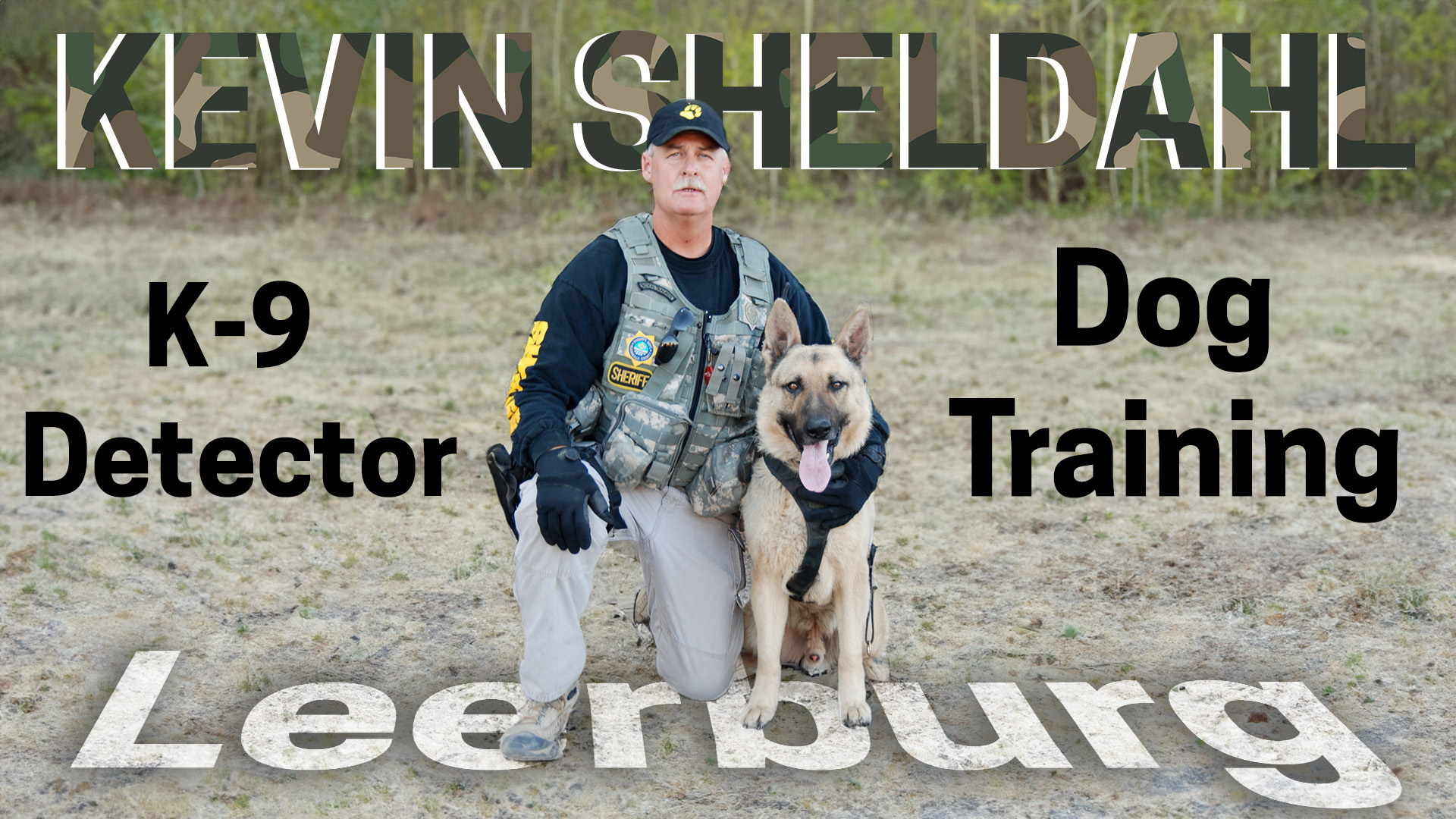

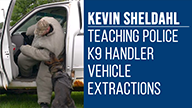
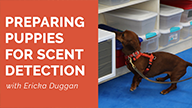
Ask Cindy.